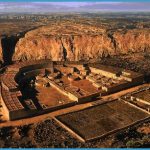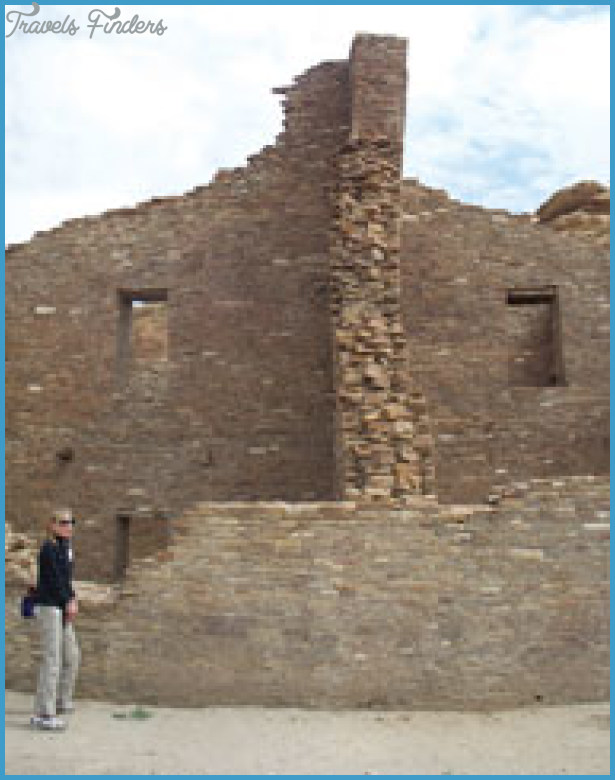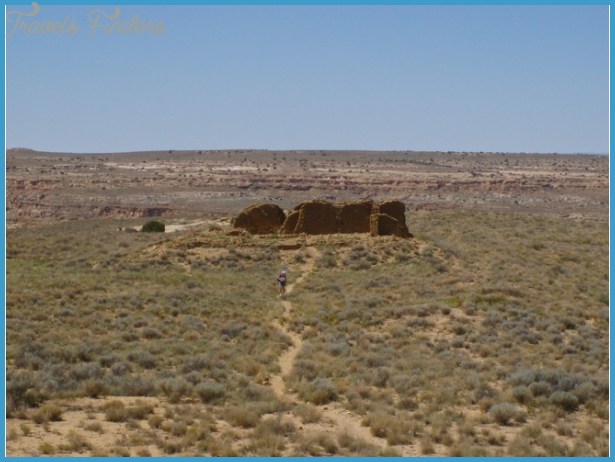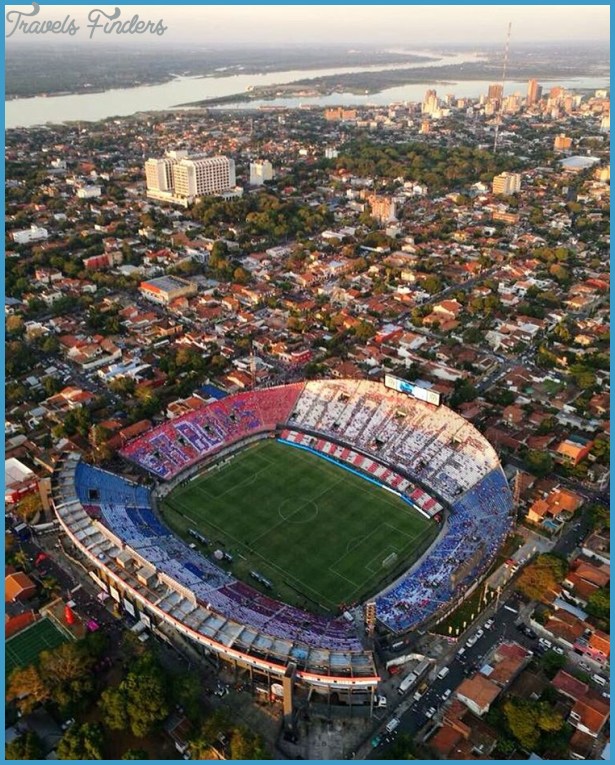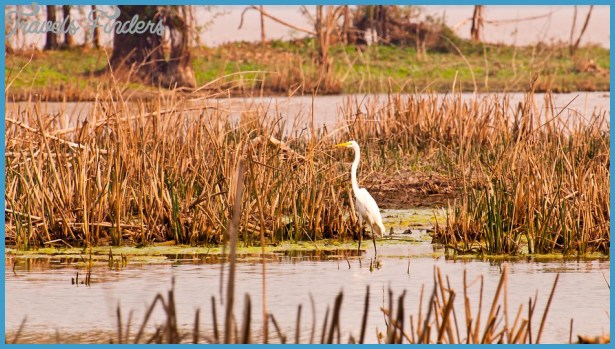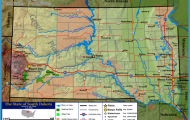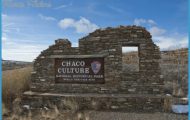The Mennonites
It is hard to find a greater testament to the value of perseverance, sacrifice, and team work than the successful Mennonite colonies in the Chaco region. Arriving in a remote and foreign land with few resources to their name, the Mennonites fought against the odds and within a few generations were at the head of some of Paraguay’s most important industries.
The Mennonites branched off from the Catholic faith in the 16th century. Lead by the Dutchman, Menno Simons (a former Catholic priest), the Mennonites believe in separation of church and state, pacifism, and reject infant baptism in favor of adult baptisms. These controversial stances made the Mennonites targets of religious persecution in Holland and Germany and forced them into a nomadic existence. At first they sought refuge in Prussia and later Russia, from which they then immigrated in waves between the 1870’s and 1930’s to several countries in North and South America, including Canada, the United States, Mexico, Argentina, Brazil, Uruguay, and Paraguay.
During the late 1920’s Mennonites from Canada began to explore the possibility of setting up a new colony in Paraguay. Given the looming territory dispute with Bolivia, Paraguay was eager to accept the new settlers, hoping that their presence would establish a foothold in the Paraguayan Chaco (at the time populated only by a small handful of indigenous tribes). The government promised the Mennonites exemption from military service, freedom of religion, and the freedom to run
their own education system. The colony of Loma Plata was established in 1927, and in 1930 a second group of immigrants, this time directly from Russia, settled in Filadelfia. Though they were in one of the most remote corners of the country, the Mennonites did not remain isolated for long. In 1932, war was declared with Bolivia and troops descended upon the region. Ironically, having spent their lives preaching pacifism, the Mennonites now found themselves in an active combat zone. The war proved providential for the Mennonite colonies though. Previously unable to get their goods to market in Asuncion, the Mennonites were now able to sell all manner of provisions to the Paraguayan army. Mennonite assistance in the form of food, water, and roads, proved essential to the Paraguayan army during the war.
One of the keys to their success was the cooperative system, whereby everyone works together in an organized fashion towards common goals. In addition to the influx of income generated by the Chaco War, the colonies also received assistance from more established Mennonite communities abroad. Donated farming and well digging machinery allowed for large steps forward, as did technical assistance from foreign-educated agronomists. Even the Trans Chaco Highway, vital lifeline to Asuncion, was built with the help of foreign Mennonites (see The Trans Chaco Highway). In 1947, a third colony was established in Neuland. The 1960’s brought access to credit which allowed for the adoption of mechanized farming.
Today supermarkets countrywide are stocked with products from the Mennonite cooperatives, such as Co-op and Trebol dairy products and Oschi meats. Crops such as peanuts, sorgum, cotton, and sesame are grown for national and international consumption. The cooperatives’ dairy factories produce over two-thirds of the milk products consumed in Paraguay. Cattle ranching has recently become popular and profitable with over 80 percent of local beef exported to foreign markets.
Although they are of European descent and maintain their cultural heritage, many Mennonites do in fact consider themselves to be Paraguayan. Many have taken on Paraguayan traditions such as speaking Guaram, eating asado, drinking terere, and retiring for a midday siesta. With new generations the rigid traditions and boundaries of the original colonists have become more flexible. Many Mennonite youth go to Asuncion or even abroad to study in a university before returning to the Chaco. The advent of cell phones, television, and motorcycles has further weakened the grip of the old guard. However, in many respects the Mennonites remain a traditional bunch, closed off from the rest of Paraguayan society. Intermarriage with non-Mennonite Paraguayans is rare and relations with indigenous workers are strained. In fact, most visitors to the colonies will be surprised at the cool reception they are given by locals.
Perhaps due to its status as the department capital, tourists will find Filadelfia the most welcoming and worth visiting of the colonies. Those with a particular interest in the history of the Mennonites may be interested in visiting Neuland or Loma Plata as well, each with its own small museum. Visitors should keep in mind that due to their religious nature, life comes to a complete halt on Sunday in all three Mennonite colonies.






